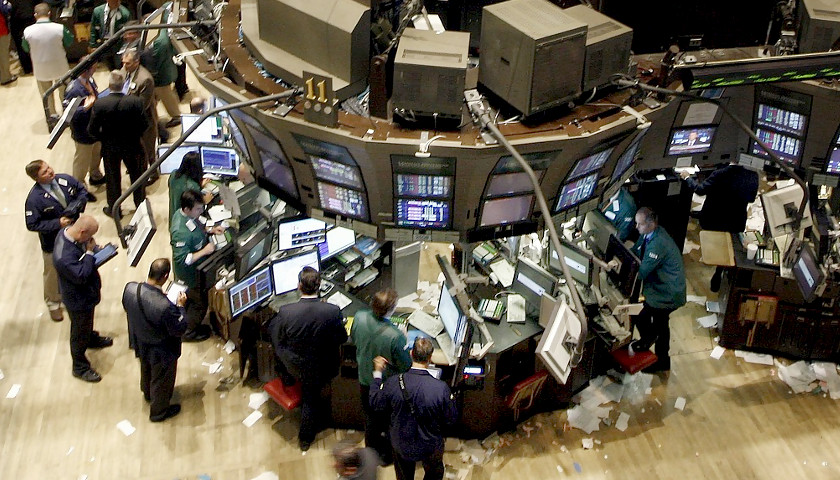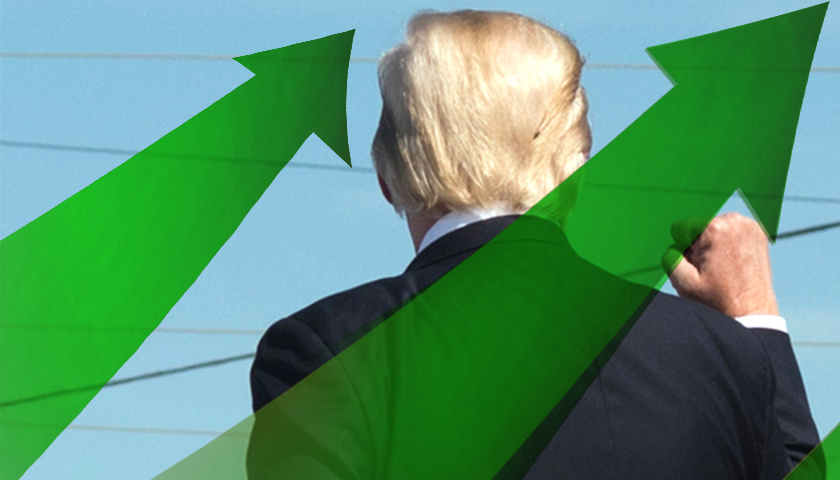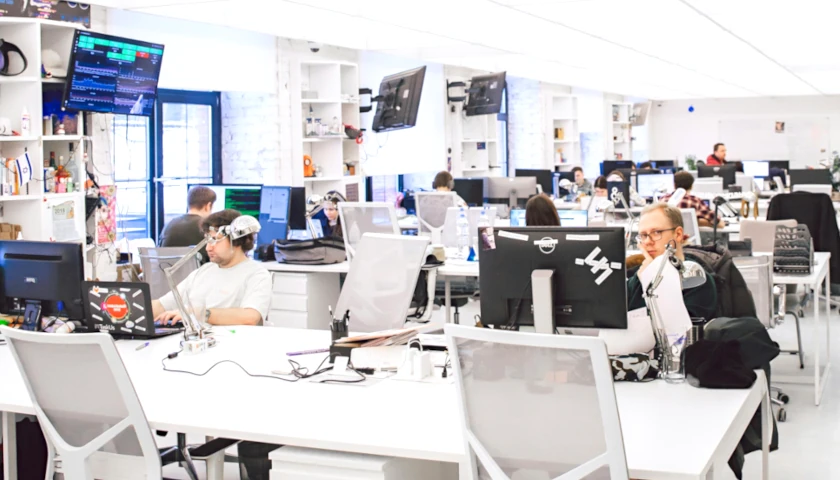by Stan Choe and Damian J. Troise
NEW YORK, New York (AP) — Stocks swung solidly higher on Wall Street in afternoon trading Monday after the Federal Reserve said it would begin buying individual corporate bonds, the central bank’s latest move to prop up volatile financial markets through the economic fallout of the coronavirus pandemic.
The S&P 500 was up 1% after being down as much as 2.5% shortly after trading began in New York. The gains followed sharp losses in Asia and more moderate ones in Europe. Worries were on the rise that new waves of coronavirus infections around the world could derail the swift economic recovery that Wall Street had seemed sure just a week ago was on the way.
But stocks and Treasury yields trimmed their losses as the day progressed, led by gains for media companies, homebuilders and other areas of the market. They turned broadly higher after the Fed’s announcement at 2:00 p.m. Eastern time.
The Dow Jones Industrial Average was up 221 points, or 0.8%, to 25,820, and the Nasdaq composite was up 1.6%.
Stocks have been volatile over the last week as worries about upticks in infections create cracks in the furious rally that had brought the S&P 500 back to within 4.5% of its record set in February. It’s now down about 10% following last week’s loss, which was the biggest for the S&P 500 in nearly three months.
“Volatility is here to stay, at least for a little while,” said Jason Pride, chief investment officer of private wealth at Glenmede. “Nobody in the financial industry has a good way to forecast this.”
Case numbers are still growing in states across the country and nations around the world. Governments are relaxing lockdowns in hopes of nursing their devastated economies back to life, but without a vaccine, the reopenings could bring on further waves of COVID-19 deaths.
“If globally, we are still in wave 1, then it is possible that without a vaccine, the big wave is still lying out there somewhere waiting to hit,” said Robert Carnell, regional head of research Asia-Pacific at ING.
China is reporting a new outbreak in Beijing, one that appears to be the biggest since it largely stopped its spread at home more than two months ago. In New York, the governor is upset that big groups of people are packing together outside bars and restaurants without face masks, and he threatened to reinstate closings in areas where local governments fail to enforce the rules.
That’s the biggest worry for markets: If infections swamp the world, governments could bring back the orders for people to stay at home and for businesses to shut down that sent the economy into its worst recession in decades. Even if that doesn’t happen, rolling waves of outbreaks could frighten businesses and consumers enough to keep them from spending and investing, which would itself hinder the economy.
It was just a week ago that investors seemed were ebullient about expectations for a coming economic recovery. The hopes got a shot of adrenaline earlier this month when a report showed that U.S. employers added jobs to their payrolls in May, a big surprise when economists were expecting to see millions more jobs lost. That raised expectations that the economy could climb out of its hole nearly as quickly as it plunged into it.
That optimism sent the stock market on a second leg of its rally, which began in March after the Federal Reserve and Congress promised unprecedented amounts of aid to support the economy. The Fed has cut interest rates back to nearly zero and expects to keep them there through 2022, along with pumping money into far-reaching corners of financial markets to keep them running smoothly. Its chair, Jerome Powell, may offer more details about the Fed’s outlook in scheduled testimony before Congress this week.
All through its torrid rally, though, many professional investors were warning that the market’s gains may have been overdone considering how long and uncertain the economic recovery looked to be. The S&P 500 climbed nearly back to its record high last week after earlier being down nearly 34%.
Some of the rally was likely driven by a big influx of individual investors into the market. Brokerages reported big increases in client numbers and trading earlier this year, and stocks popular with individual investors have returned 61% since the market hit a bottom on March 23, according to Goldman Sachs. That’s much more than the 45% rise for stocks popular with hedge funds and traditional mutual funds.
The yield on the 10-year Treasury note rose to 0.71% from 0.69% late Friday. It tends to rise and fall with investors’ expectations for the economy and inflation, and it had been above 0.90% earlier this month.
In Asia, South Korea’s Kospi dropped 4.8%, Japan’s Nikkei 225 lost 3.5% and the Hang Seng in Hong Kong fell 2.2%. In Europe, France’s CAC 40 slipped 0.5%, Germany’s DAX lost 0.3% and the FTSE 100 in London dipped 0.7%
– – –
Stan Choe and Damian J. Troise are Business Writers at The Associated Press. AP Business Writer Yuri Kageyama contributed.





